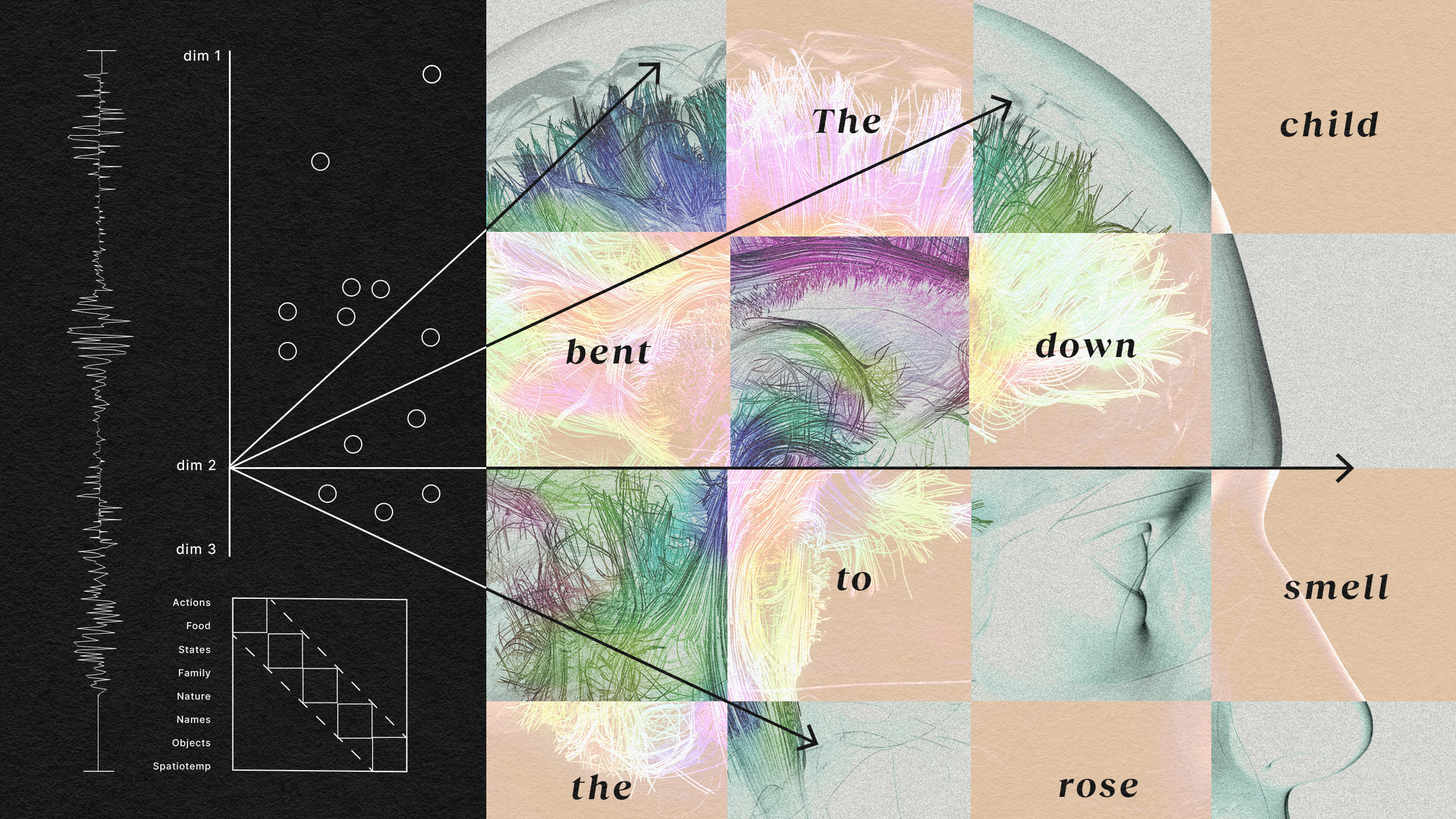Remote control of the brain is coming: how will we use it?

Controlling the minds of others from a distance has long been a favourite science fiction theme – but recent advances in genetics and neuroscience suggest that we might soon have that power for real. Just over a decade ago, the bioengineer Karl Deisseroth and his colleagues at Stanford Universitypublished their paper on the optical control of the brain – now known as optogenetics – in which the firing pattern of neurons is controlled by light. To create the system, they retrofitted neurons in mouse brains with genes for a biomolecule called channelrhodopsin, found in algae. Channelrhodopsin uses energy from light to open pathways so that charged ions can flow into cells. The charged ions can alter the electrical activity of neurons, influencing the animal’s behaviour along the way.
Soon researchers were using implants to guide light to channelrhodopsin in specific neurons in the brains of those mice, eliciting behaviour on demand. At the University of California the team of Anatol Kreitzer worked with Deisseroth to disrupt movement, mimicking Parkinson’s disease and even restoring normal movement in a Parkinsonian mouse. Deisseroth and his colleague Luis de Lecea later demonstrated that it was possible to wake up mice by activating a group of neurons in the brain that control arousal and sleep.
But optogenetics has been challenging. Since light does not easily penetrate dense fatty brain tissue, researchers must implant a fibre-optic cable to bring light into the brain. This limitation led to the development of another, less intrusive technique known as DREADD (designer receptors exclusively activated by designer drugs). In this case, a receptor normally activated by the neurotransmitter acetylcholine is modified to respond to a designer drug not normally found in the body. When the designer drug is delivered, neurons can be manipulated and behaviour changed over a number of hours. The major drawback here: the slow course of drug administration compared with the rapid changes in brain activity that occur during most tasks.
In the past couple of years, researchers have pioneered a newer technique using low-frequency radio waves or a magnetic field, both of which can penetrate the body without causing damage. The waves serve to heat iron oxide nanoparticles injected or genetically targeted to the body region of interest. In a process similar to optogenetics, the heated nanoparticles open an ion channel called TRPV (transient receptor potential vanilloid), allowing calcium ions into the cell. Depending on the location of the nanoparticles, the ions might accomplish any number of tasks – from releasing insulin to suppressing the gastric hormones involved in feelings of hunger.
It seems only a matter of time before we use similar technology to treat neurological and mental health problems originating in the brain. Toward this end, some researchers are working with gold nanoparticles, which, when exposed to special light, can generate enough heat to make a neuron fire without the need to alter its genes.
More research is needed, but these systems are potentially more precise and less invasive than existing techniques for altering brain activity such as deep brain stimulation. With so much progress on a variety of fronts, some form of human mind control – and the treatments and benefits it confers – should be here before long. We just need to make sure that like other emerging technologies – artificial intelligence and robotics come to mind – they are used for good to improve lives.

Catriona Houston
This article was originally published at Aeon and has been republished under Creative Commons.





